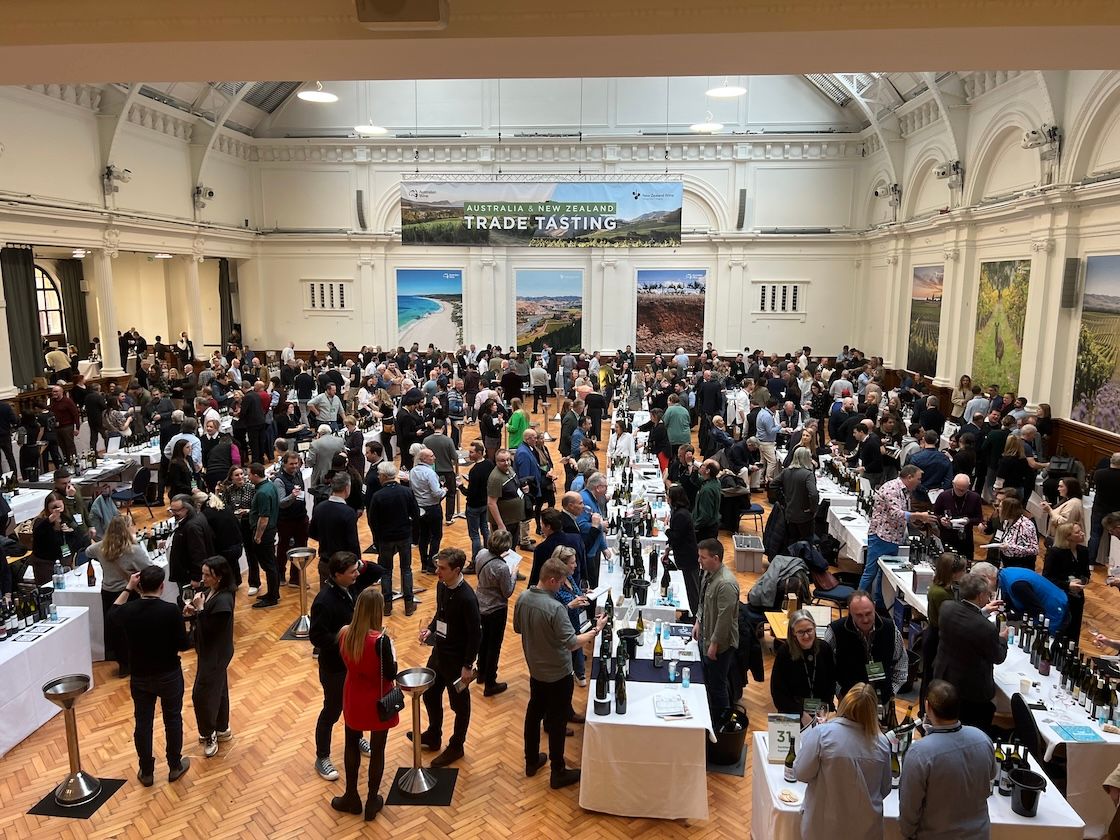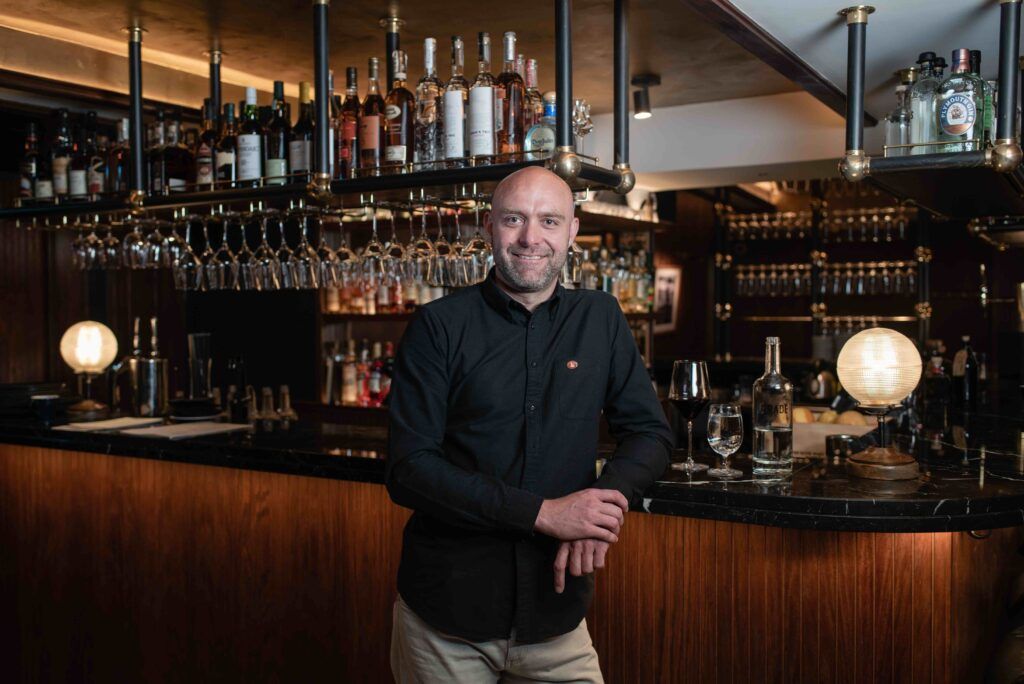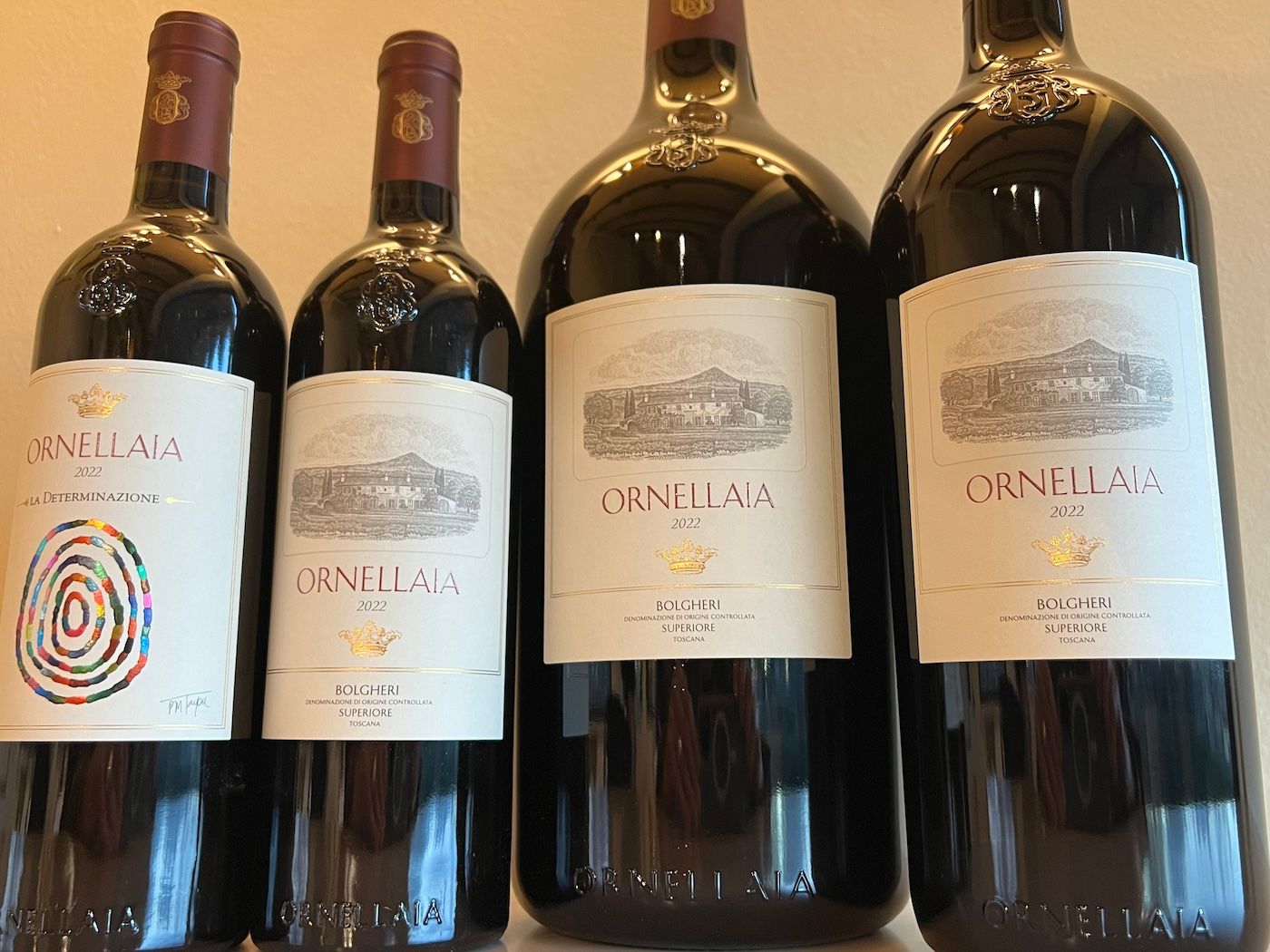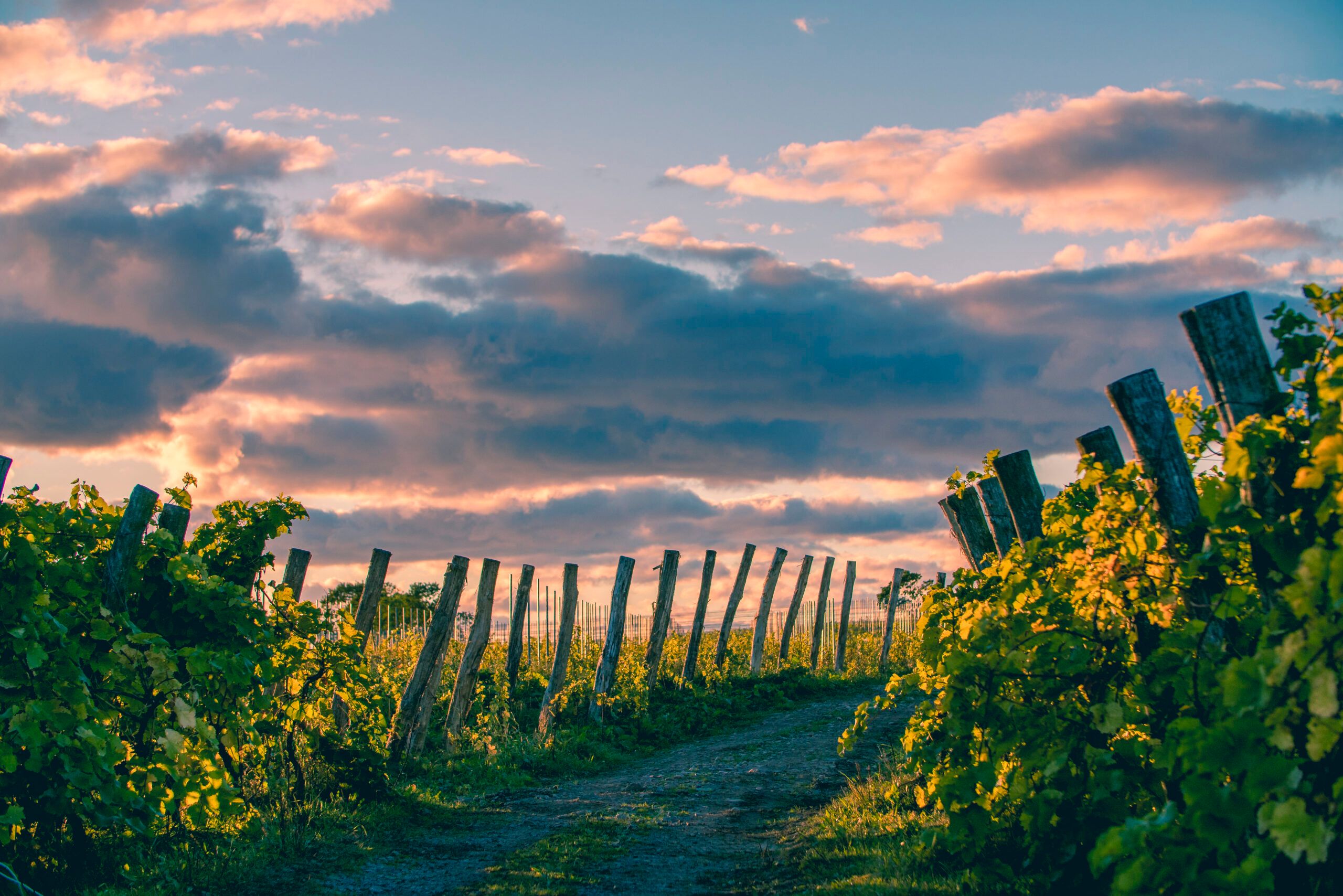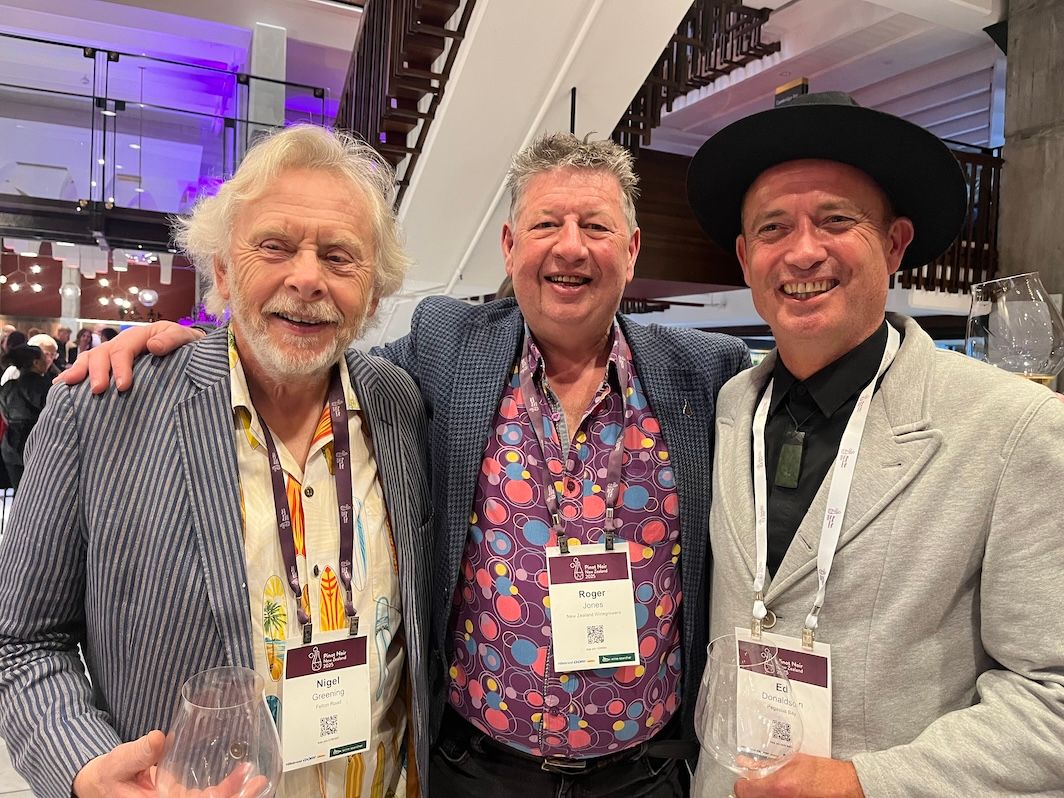“Tom Stevenson, renowned sparkling wine expert and founder of the Champagne and Sparkling Wine World Championships recently tweeted (June 20th, 2020) that when the CSWWC organisers started wrapping clear glass entries in black plastic for storage and judging, faults of those wines dropped by 94%,” writes Greatrix.
Regarding wine quality and consistency, consumers have never had it so good. Knowledge, skill and innovation by producers means that for the most part faults and off-flavours are a rare occurrence. Whistle-clean wine isn’t always the goal (and needn’t be so), but every consumer should expect that when they open a bottle of wine they are enjoying it in exactly the condition that the producer intended.
Unfortunately, within a subset of wines there remains one pernicious wine fault that persists through a combination of low awareness by many, and regrettably, a head-in-sand approach by a few. That fault is lightstrike, and the subset of wines to which I refer is those bottled in clear glass. It is a great irony that sunshine can be so beneficial to grapes and yet so detrimental to wine.
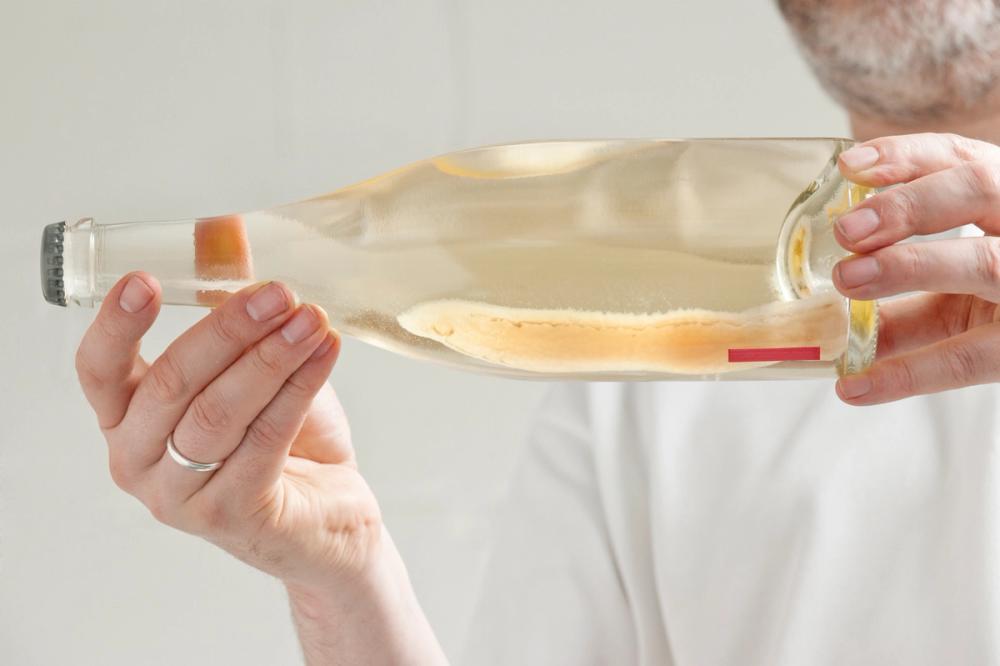
“Once you know that cabbage aroma of the light-exposed wine you’ll be amazed at its prevalence in wine.”
So what happens to wine when it has lightstrike?
Light causes two reactions in wine. When photons of certain wavelengths make contact with wine they affect a molecule called riboflavin, which in turn reacts with sulphur-containing amino acids to produce off-flavours. People describe the aroma characteristics of lightstrike as somewhere between boiled cabbage and stagnant drain water. The second reaction doesn’t create any direct off-flavours, but can be just as damaging. Light at certain wavelengths can react with tartaric acid in wine (the main naturally occurring acid in grapes) to form glyoxylic acid and hydrogen peroxide. Together GA and HP deplete free SO2 from a wine and can contribute to the accumulation of yellow and brown pigments.
In practice all wines are susceptible to these reactions but the most vulnerable are those packaged in clear class, which is typically rosé and sparkling wine. Glass colour is important because darker coloured glass can intercept some or all of the harmful wavelengths of light, but clear glass offers none of this protection.
Wine producers filling into clear class normally cite that they know it’s a problem but need to do so because consumers demand it. I’m sure that’s true, but also a bit unfair because consumers aren’t aware of, or getting informed about the risks to their clear bottles caused by light. Some people won’t care – lightstrike isn’t going to harm anyone, it just diminishes the quality of the wine, and in certain cases a beautiful bottle and beautiful wine colour is most important. But equally there are a lot of people that buy wine because they want it to be delicious, and I think would be grateful to have some assurance that their bottles have been carefully handled, and to receive some tips on how to protect their wine until the bottle can be opened.

Brad Greatrix: “The more times this conversation happens, the more producers will start to hear about a problem that they are creating.”
For wines that I buy for myself I avoid ones in clear glass. Unfortunately, that means I am missing out on some great wines. Unlike other faults, lightstrike doesn’t have anything to do with underlying wine quality – if properly protected the wine can be absolutely delicious. So my choice isn’t a commentary on anyone’s winemaking skills, viticulture or otherwise. It’s just that I don’t want to take the risk that somewhere between bottling and now that light has hit the bottle and affected the wine’s flavour.
To my knowledge there has never been a large-scale survey of the prevalence of light-affected wines in the supply chain but I think the results would be startling. It’s rare for me to taste through a set of clear glass wines and not find some affected bottles. Tom Stevenson, renowned sparkling wine expert and founder of the Champagne and Sparkling Wine World Championships recently tweeted (June 20th, 2020) that when the CSWWC organisers started wrapping clear glass entries in black plastic for storage and judging, faults of those wines dropped by 94%. The remaining faults are primarily related to oxidation and trichloroanisole (TCA, or ‘cork taint’). I read from that, that lightstrike is 20x more prevalent in clear glass than cork taint – remarkable!!
I did my own micro-survey last year, purchasing six random bottles of clear glass rosé from a shop. One of the six was badly affected by lightstrike, and two others mildly so… In other words half of the bottles had a problem. You can see why I mention above that I don’t ever buy these clear glass wines (trials aside).
So what can we do about it?
I think everyone has a part to play. If you are a person with some influence in the wine sphere then please help to spread awareness of the vulnerability of wines in clear glass. It’s important to remember that lightstrike/clear glass isn’t a comment on the underlying wine quality. Wines in clear glass can be fantastic if carefully handled but it requires a consistent effort by the entire supply chain. If you work in a restaurant then make sure your inventory of clear glass wines is shielded from light during storage. If you work in wine retail you have a dual role to play, in storing your wines carefully, and also passing on some knowledge to your customers so that they know how to care for their bottles.
Producers – my first recommendation is of course to bottle your wines in darker glass. But if you insist on clear glass, then to me it’s imperative that you provide some additional protective packaging (a wrap, or box) and some sort of message for everyone that handles your bottle until it is finally opened. And consumers – please protect the clear glass bottles you own, and if you open it and notice the tell-tale cabbage flavour take it back to where you’ve purchased it. It might not always be possible to get a refund for the bottle because unlike other wine faults, the defect can be caused at any time, including after being sold, and retailers might not want to take responsibility for a bottle that’s been out of their hands for a long period of time.
But the more times that sort of conversation happens, the more producers will start to hear about a problem that they are creating. Producers will want to keep retailers happy, and retailers want to keep their customers happy, so every bit of feedback can be valuable.
One final note – if you’re not sure if you can recognise the off-flavour of lightstrike, one positive aspect of this fault is that it’s easily inducible. Pour some wine into a glass and leave it for an hour in the mid-day sun, and compare it to that same wine that you’ve kept sheltered inside for that same period. The cabbage aroma of the light-exposed wine will be apparent, and once you know that character you’ll be amazed at its prevalence in wine. If you try my experiment that I mention here, I recommend using a sparkling wine from a green or dark amber bottle. Sparkling wines are particularly susceptible to lightstrike, and using a dark glass bottle ensures your reference sample won’t already be light-affected.

